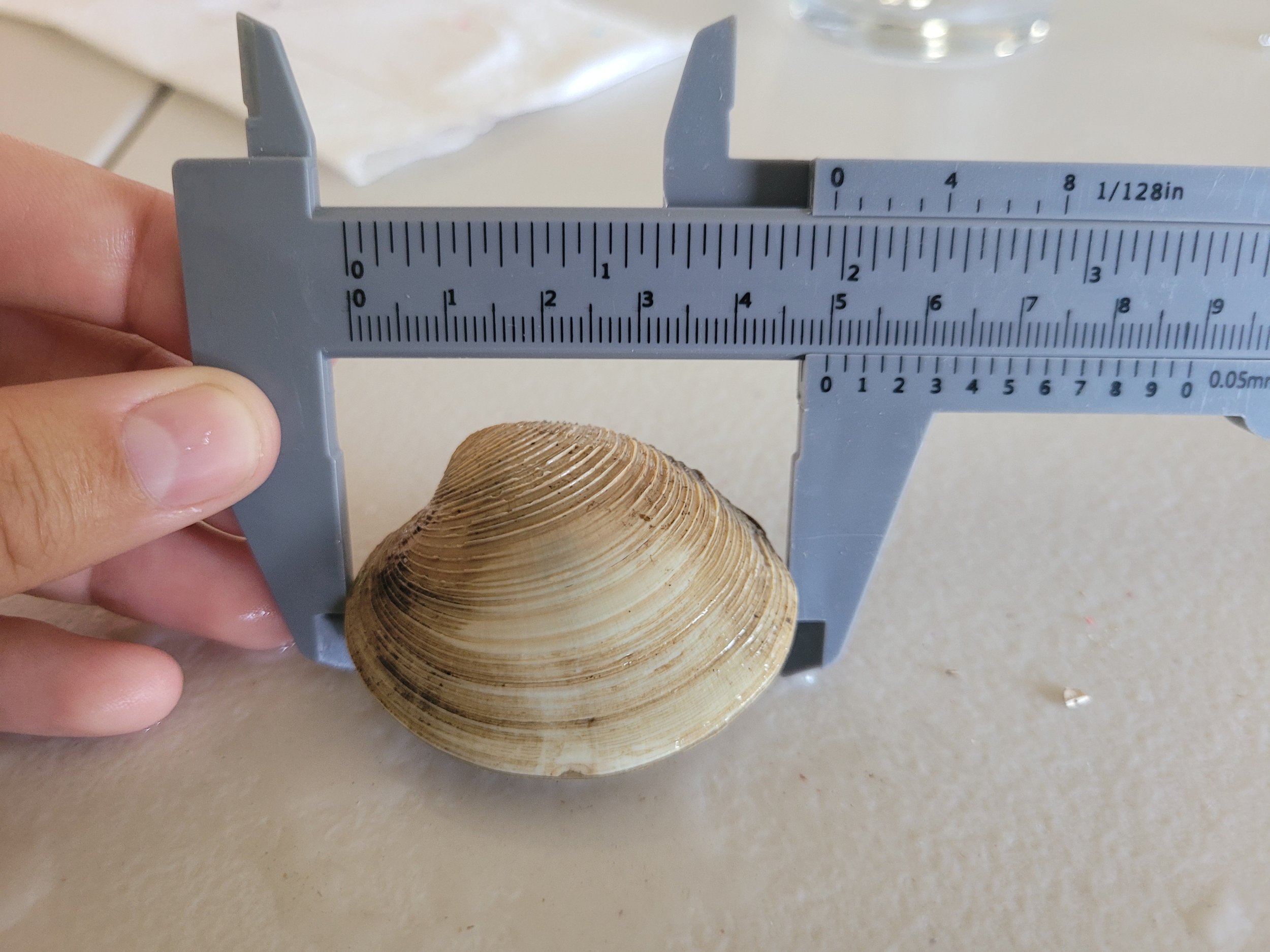The problem
Excess nutrients due to pollution and fertilizer runoff have led to increasing occurrences of harmful algal blooms in the Indian River Lagoon. These blooms lead to hypoxic waters, causing fish kills, loss of seagrass, and dead zones.
The solution
Filter feeders, such as clams and oysters, help improve water quality by removing nutrients from the water column. A single adult clam can filter up to 20 gallons of water per day.
the change
Historically, native shellfish populations have suffered due to overfishing and pollution. By raising and outplanting new populations of hardy clams, we can help restore these populations and contribute to improving water quality.
Riverside Conservancy is pleased to partner with the University of Florida on efforts to restore clam populations in the Indian River Lagoon. Dr. Todd Osborn at UF’s Whitney Lab has planted millions of clams in the lagoon, which, when full grown filter up to 20 gallons of water per day. By restoring clam populations, the Conservancy and our partners help improve water quality. Riverside Conservancy is supplementing this effort by conserving and restoring natural shorelines and providing community outreach. The Conservancy is also conducting water quality monitoring with the hope of documenting long-term water quality improvement in the lagoon. To learn more about our water quality monitoring, click here.
As part of Indian River Lagoon restoration, Riverside Conservancy, Captain Blair Wiggins, University of Florida, CCA, CEK Foundation, and many other partners use a drone to "plant" two million clams into the Indian River Lagoon. Upon reaching adulthood, each clam will be able to filter up to 20 gallons of water per day, helping to clean the river and be a critical part of the ecosystem that had previously died out.
Indian River Lagoon National Estuary Program 2021-2022 Shellfish Restoration Grant
Are you interested in participating in clam restoration? Fill out the form below and let us know!













